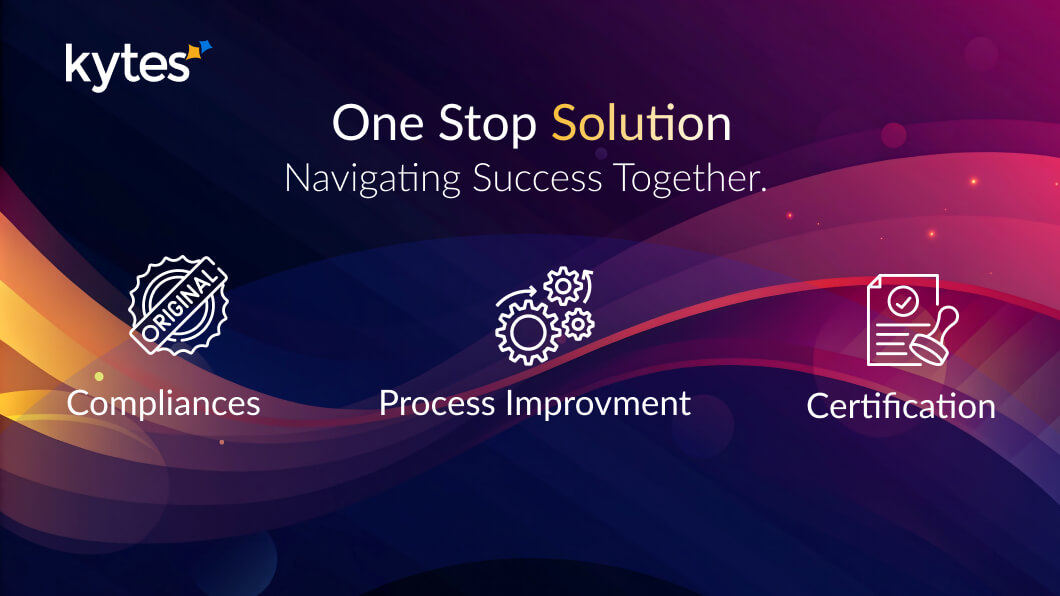Today’s global business scenario has been challenging than ever. There are no signs of the situation cooling off anywhere shortly.
Different industries deal with varying types of products and services in a global setting. It is not surprising to observe companies have their manufacturing locations spread across countries and geographies. On the other side of the spectrum sourcing and procurement also follows a similar path. Amidst all these, organizations need to deal with environmental concerns and governmental guidelines. Also, firms need to stay ahead of the game by being more efficient and effective!
Globalization has its pros by providing opportunities for global growth. But the cons include adherence to multiple industry standards, certifications, compliance, local laws, et al. and being competitive. What does the above scenario entail?
In fact, it is quite scary!
Apart from focusing on your core business, you have to implement and manage standards such as IEEE (Electrical & Electronics), ISO, AS9100 (Aerospace), US FDA, CMMI, BSI, and more. Pharmaceuticals and Chemicals firms have a plethora of standards and compliances to be met.
Remember the above standards are ‘non-negotiable.’
Does adherence to the above standards guarantee success?
Well, may not be!
In addition to the base standards, enterprises also need to be efficient than competition.
How do organizations manage to stay ahead of cost and service efficiencies?
They look at process standardization, automation, six sigma, lean, certifications, and others to be nimble and efficient.
You may be wondering – what is it that we are trying to get to here?
Fair point.
A few questions to highlight the story here.
- How do we get different manufacturing units to produce products of consistent quality?
- How do we get numerous vendors operating from different countries to deliver products without any deviations?
- How do we ensure that the support functions such as inventory, logistics, and others operate consistently?
The above standards, compliances, and process efficiencies are not easy to accomplish for firms that are medium to large and operating across the globe,! It is even difficult to sustain them.
Two dimensions come out apparently.
- Implementation (of Standards, Compliances, and Process Improvements)
- Sustenance and further enhancement
Invariably, business leaders look to the software world for solutions that would streamline both the implementation as well as maintenance. Unfortunately, most enterprises tend to slip here by searching for software that is designed specifically for each of the standards or process improvements. While this may solve the business problem, for the time being, it creates other issues.
- Increased administrative costs associated with the software solutions.
- Multiple applications lead to organizational redundancies and data duplication.
Are you thinking – do we have one software solution for all?
That is not what was intended! Something even better!
If one were to review these initiatives, they are designed and implemented in the form of either a program or a project. Upon completion, such program or project would be handed over to operations or support team.
What if I said that you could design several templates for initiatives such as ISO, CMMI, Six Sigma, FDA, and so on? By templates, I am referring to the entire life cycle from initiation to closure and covers the following aspects.
- Business case or justification
- Project charter
- Documentation
- Work Breakdown Structure
- Milestones and tasks
- Activity estimates
- Resources and costs
- Risks and issues
- Workflow-based approvals
- Metrics and dashboards
- Many more.
Creating such templates would allow business professionals to pick relevant templates along with the complete life cycle. A templatization approach would help teams to implement strategic initiatives by incorporating organizational knowledge available quickly.
You might be questioning – is the business so simple that we could quickly create ‘templates?’
The answer is a vociferous “no.”
But I have not yet completed.
Along with templatization, we need to leave the discretion to the managers and teams to ‘configure’ and ‘adapting’ aspects as the program or project demands – a definite win-win approach.
Boy, oh, boy, do we have any software with a “design strategy” that offers easy templatization along with the ability to ‘configure’ based on specifics?
The leadership at Kytes were the first to understand the business program and project management challenges that they have designed Kytes PSA to offer a unique combination of templatization as well as quick configuration!
Try Kytes PSA and experience your enterprise transformation!





